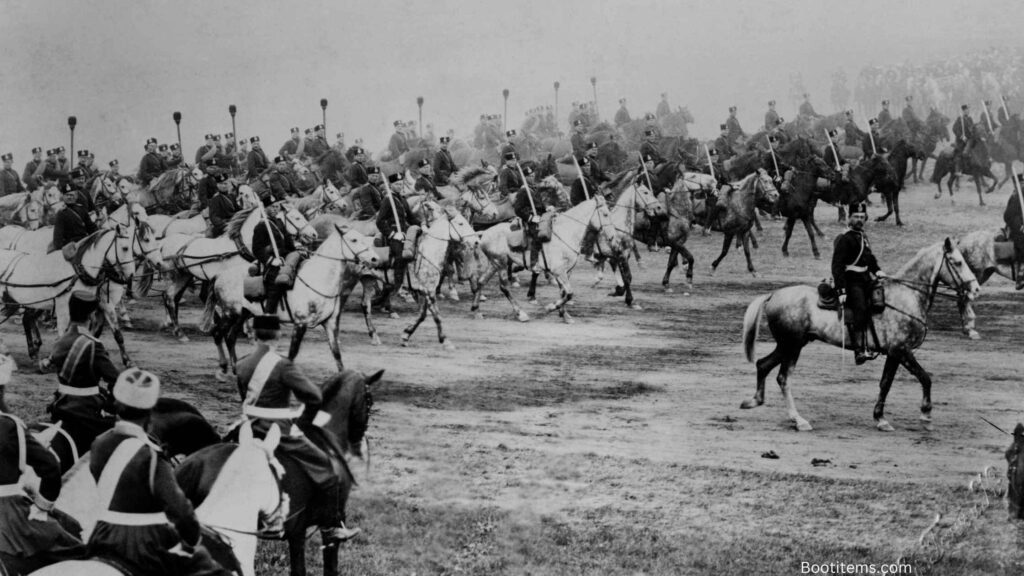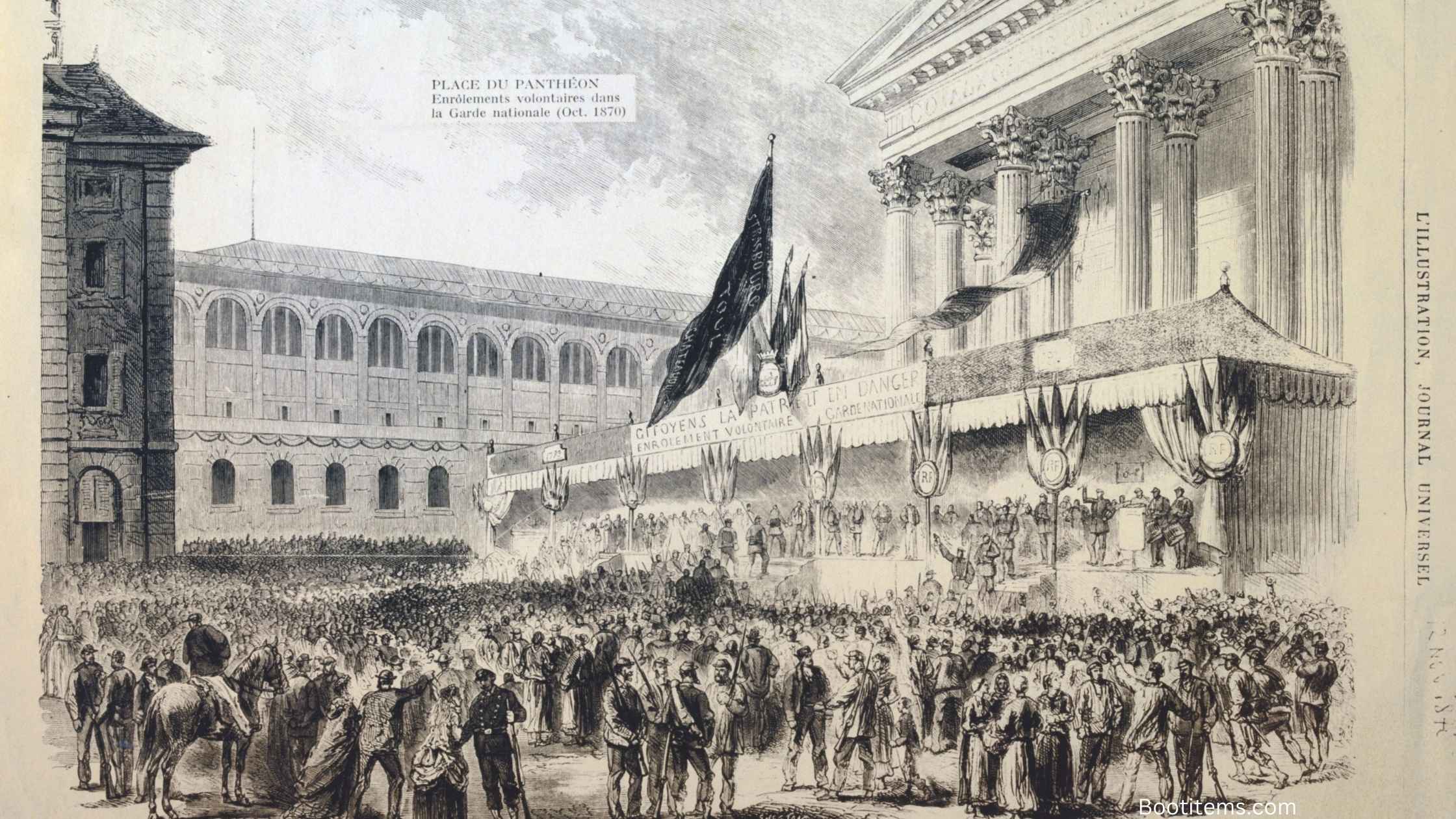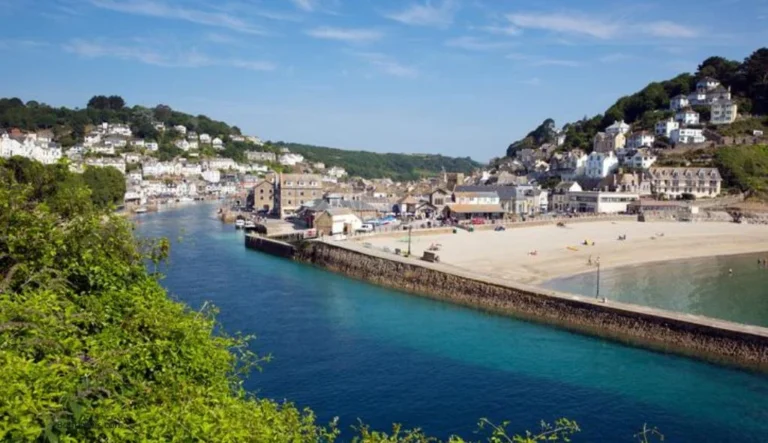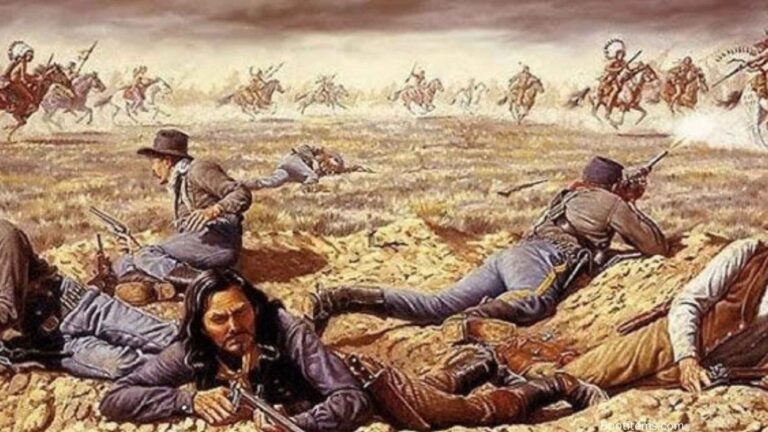Three Hundred and Thirty Five Years’ War
The Three Hundred and Thirty Five Years’ War was history’s longest recorded war, lasting from 1651 to 1986 between the Netherlands and the Isles of Scilly, a small archipelago off England’s southwestern coast. Despite its incredible length, not a single shot was fired, and no casualties were recorded. The war was essentially forgotten until a local historian discovered the absence of a peace treaty in 1985.
The Origins of the Unusual Conflict
The English Civil War Connection
In 1651, during the English Civil War, the Netherlands sided with the Parliamentary forces against the Royalists. The Royalist navy had taken refuge in the Scilly Islands, using them as a base to attack Dutch merchant ships. Frustrated by these attacks, Dutch Admiral Maarten Tromp declared war specifically on the Scilly Islands, rather than on England itself.
A Strategic Declaration
The Dutch decision to declare war only on the Scilly Islands was a clever diplomatic move. By targeting the islands instead of all of England, they could protect their trading ships without escalating tensions with the mainland English government.
The “War” Years
A War in Name Only
After the initial declaration, both sides essentially forgot about the conflict. The Royalists were soon defeated in the English Civil War, and the Dutch threat to shipping ended. However, no official peace treaty was ever signed.
Life During the “War”
During these 335 years:
- The Scilly Islands continued their normal daily life
- Dutch-British relations flourished elsewhere
- Trade between the Netherlands and the islands continued
- Neither side maintained any military presence related to the conflict
- Most people were completely unaware of the technical state of war
The Rediscovery
A Historical Surprise
In 1985, Roy Duncan, a Scilly Islands historian, uncovered the interesting fact that the war had never officially ended. He brought this to the attention of both British and Dutch authorities.
Making Peace at Last
In 1986, the Dutch ambassador visited the Scilly Islands to formally sign a peace treaty, ending what became known as the “Three Hundred and Thirty Five Years’ War.” The ceremony included:
- Official diplomatic representatives
- Local dignitaries
- A celebratory feast
- Exchange of gifts between the nations
- Signing of the peace document
Historical Significance
A Lesson in Diplomacy
This war serves as an interesting case study in international relations, demonstrating how:
- Technical states of war can persist without actual conflict
- Historical oversights can lead to unusual situations
- Diplomacy can resolve even the most peculiar circumstances
- Documentation and record-keeping matter in international relations
Cultural Impact
The war has become:
- A popular tourist attraction for the Scilly Islands
- A fascinating historical anecdote
- A symbol of peaceful conflict resolution
- A reminder of the importance of proper documentation

Modern Legacy
Tourism and Education
Today, the Three Hundred and Thirty Five Years’ War is:
- Featured in local museums
- Part of guided tours
- Included in history lessons
- A source of local pride
- A unique marketing point for tourism
Diplomatic Relations
The peace treaty signing has led to:
- Stronger ties between the Netherlands and the Scilly Islands
- Cultural exchange programs
- Regular commemorative events
- Increased tourism from Dutch visitors
People Also Ask
- Who won the Three Hundred and Thirty Five Years’ War? Neither side won – the war ended peacefully with a treaty signing in 1986, having never seen any actual combat.
- Was anyone killed in the Three Hundred and Thirty Five Years’ War? No casualties were recorded during the entire 335-year period as no actual fighting took place.
- Why did the Netherlands declare war on the Scilly Islands? The Dutch declared war to protect their merchant ships from Royalist forces using the islands as a base during the English Civil War.
- Where are the Scilly Islands located? The Scilly Islands are an archipelago located approximately 28 miles off the southwestern tip of Cornwall, England.
- When was the peace treaty signed? The peace treaty was officially signed in 1986 by Dutch and Scilly Islands representatives.
- How was the war discovered? Local historian Roy Duncan found documentation in 1985 showing that no peace treaty had ever been signed.
- Did the war affect daily life on the Scilly Islands? No, daily life continued normally as both sides essentially forgot about the technical state of war.
- Was this really the longest war in history? Yes, it is recognized as the longest recorded war in history, lasting 335 years.
- Did the two sides trade during the war? Yes, normal trade and relations continued between the Netherlands and the Scilly Islands throughout the period.
- What was the outcome of the peace treaty signing? The treaty signing led to strengthened cultural ties and increased tourism between the two regions.

Samantha Yates is a creative writer and journalist with expertise in content creation and editing. She holds an MA in Creative Writing and brings professional experience from Lionbridge, where she developed engaging content for leading technology companies







